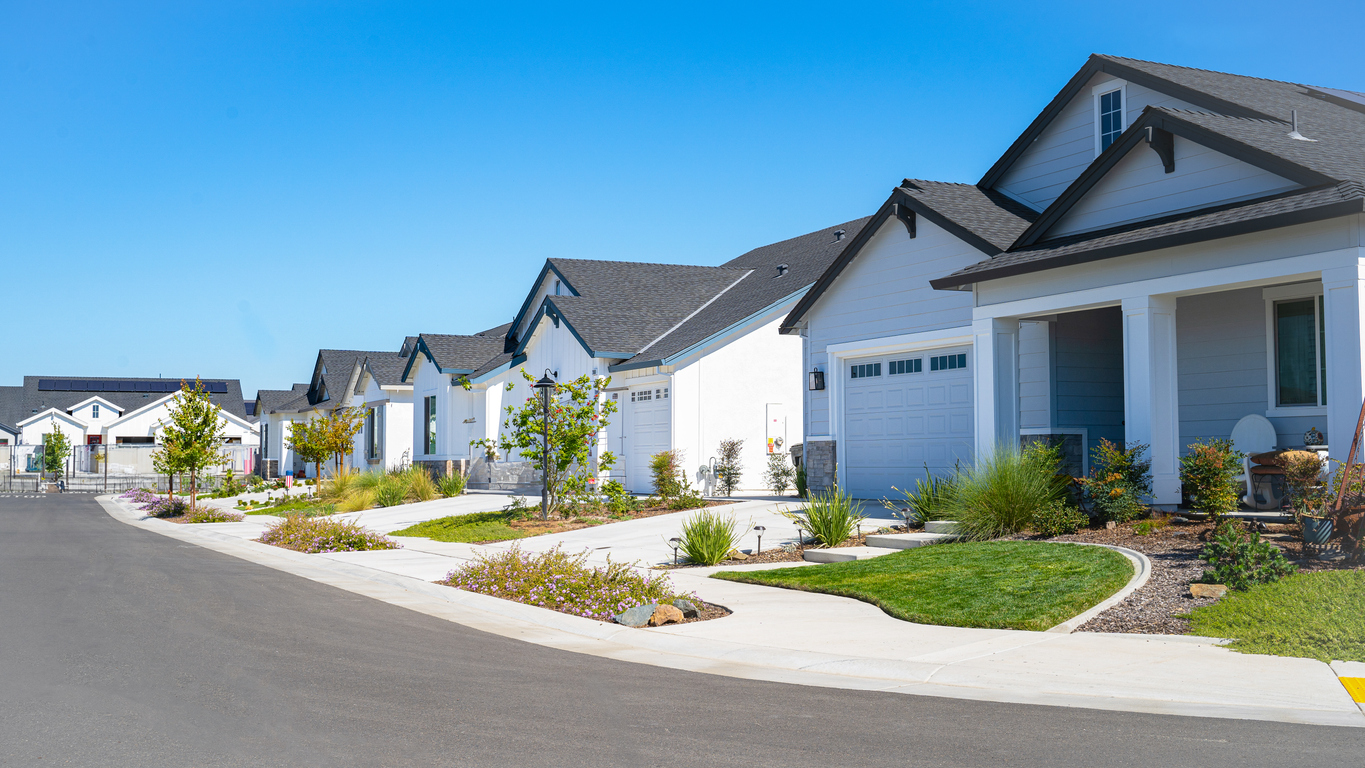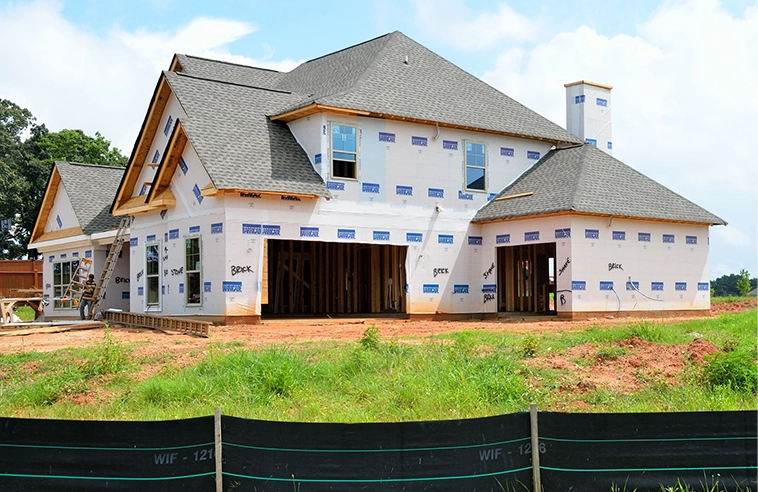
The Value in Strengthening Building Codes
Extreme weather has become more common in the United States. The National Centers for Environmental Information (NCEI) reports that the annual average of weather/climate disaster events was 7.7 from 1980-2011 and 17.8 between 2017-2021.
Meanwhile, AP reports that the annual number of power outages due to severe weather has more than doubled. They went from about 50 in the early 2000s to over 100 per year for the past five years. The length of the outages is growing in forty states.
Because of this new reality, strengthening building codes is imperative. “…model building codes are updated every three years and incorporate new information such as results of post-disaster research,” according to FEMA.
Building codes save lives and money. A FEMA study, Building Codes Save, found that by incorporating modern building codes, cities and counties avoided at least $132 million in damages from natural disasters over 20 years. They add, “…immeasurable losses are also avoided, such as the stress of temporary relocation, lost income, and community disruption.”
Other findings from FEMA are that “the adoption and enforcement of modern flood-resistant building codes since 2000 led to an average savings of $484 million.” 48% of those saving came from two states – Florida and Texas.
New building codes
In June 2022, the White House launched an initiative to strengthen building codes. According to the press release, the initiative “will help state, local, tribal, and territorial governments adopt the latest, current building codes and standards, enabling communities to be more resilient to hurricanes, flooding, wildfires, and other extreme weather events that are intensifying due to climate change.”
The press release also notes a report that modernized energy codes can save $162 a year for the average household. Adherence to building codes in the United States is spotty, as close to two-thirds of communities in the country have yet to adopt the latest building codes.
More details about the aims of the National Initiative to Advance Building Codes were laid out. They include:
- A comprehensive review of building construction that is funded and financed by the federal government. The review aims to ensure these projects are following modern building codes.
- Giving incentives and support to communities to encourage adoption of current building codes and standards. This will come in the form of technical assistance, implementing proven strategies, and best practices. In addition, mapping tools will be used to track codes where modern building codes have been adopted based on energy efficiency.
- Adopt the above code resilience and energy efficiency standards on new federal projects. The aim is to achieve net-zero emissions in 2045 across new and existing federal buildings.
$225 million will be taken from the infrastructure bill (passed in late 2021) to improve the building codes. “This funding will assist state agencies and partners improve the energy efficiency of America’s building stock through code upgrades that will ensure more efficient and resilient buildings,” according to the Department of Energy.
Further updates on building codes
Other agencies have also announced or plan to update building codes. Among those updating codes is HUD. In July 2021, the federal agency revealed its intention to update the efficiency requirements of the homes in its portfolio. The codes, which haven’t been updated since 2015, are still awaiting an update.
The National Association of Home Builders (NAHB) is going to release the 6th edition of the Residential Construction Performance Guidelines (RCPG) in 2022 (The 5th edition came out in 2016). Neither a building code nor a local regulation, adherence to RCPB is optional, and adherence is up to individual users. However, the RCPG offers contractors and their customers’ measurable benchmarks that deal with the expectations of performance in the goods and services provided by the residential construction industry.” The guidelines are not intended to substitute for a warranty.
The guidelines aim to serve as “… a collection of minimum performance criteria… They should be applied only within the scope of the particular project being performed; they are not intended to answer all questions pertaining to construction workmanship that might arise in the course of a typical residential construction project.”
In summary
Some may view building codes, guidelines, and regulations as burdensome and costly for all parties. However, when carefully considered and implemented, they can save lives and money and reduce energy use.
Therefore, strict adherence to policies is worthwhile. It increases peace of mind for building residents as they know the structure that they occupy is well-constructed. And that’s newsworthy.




